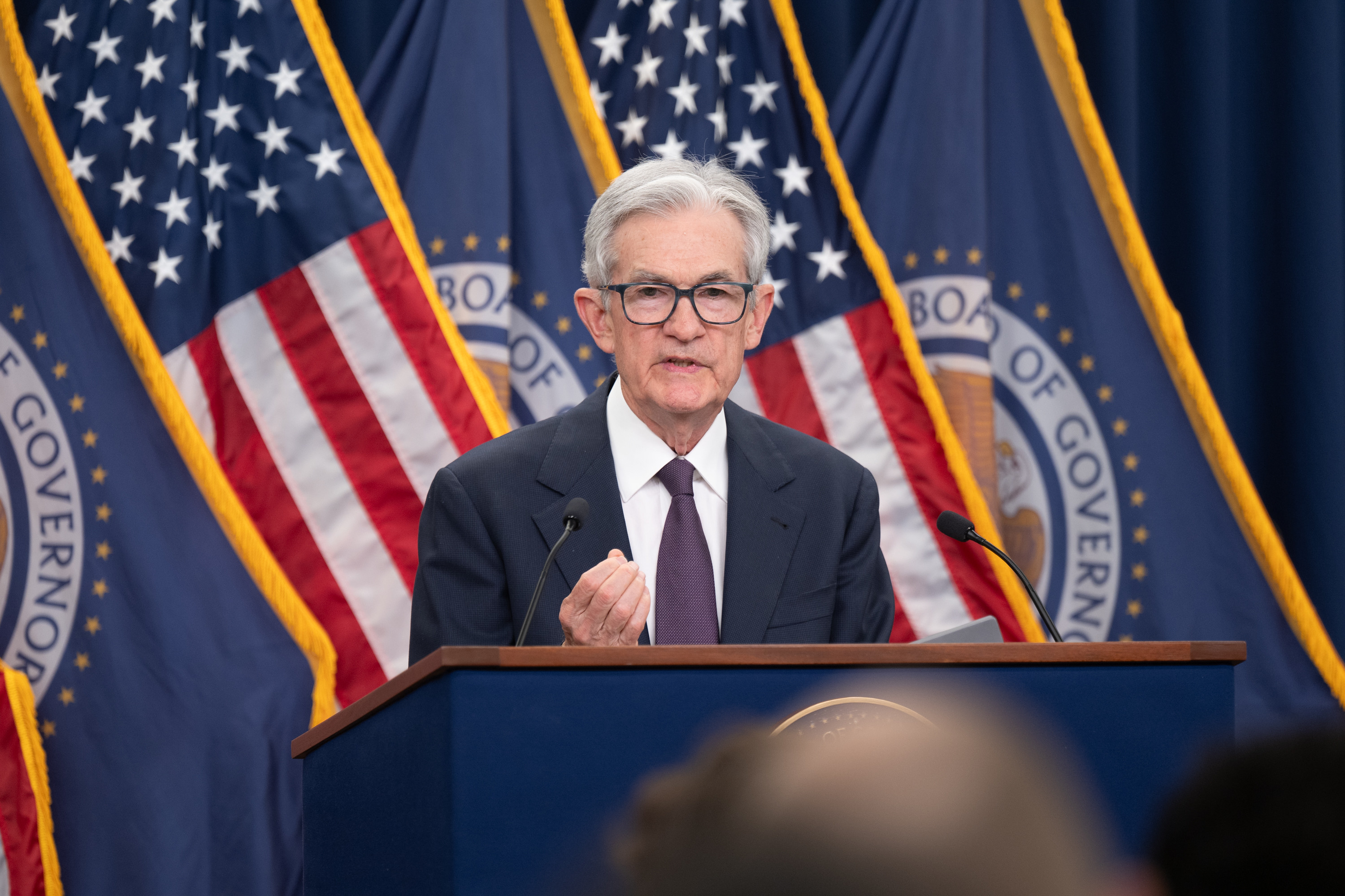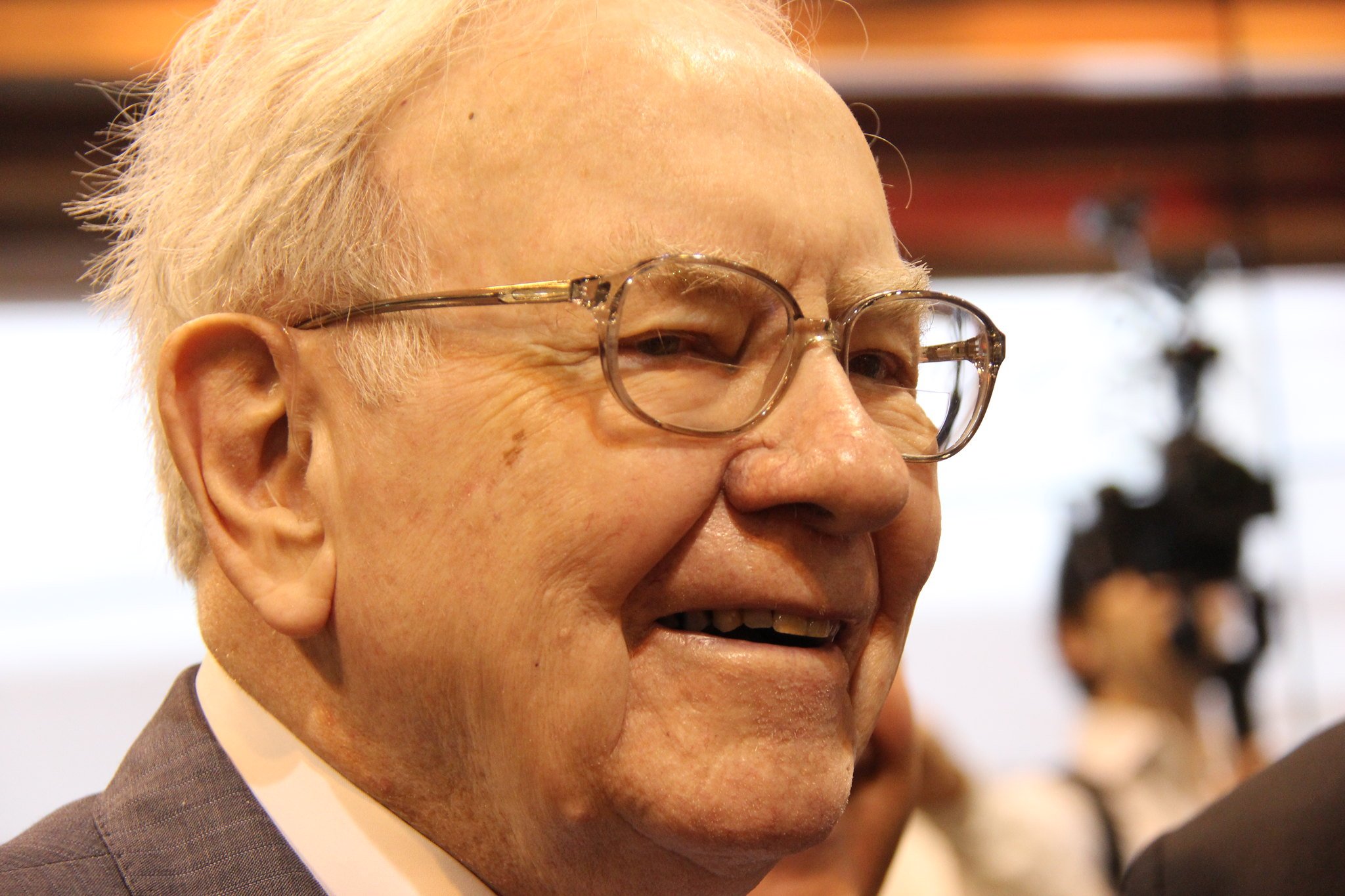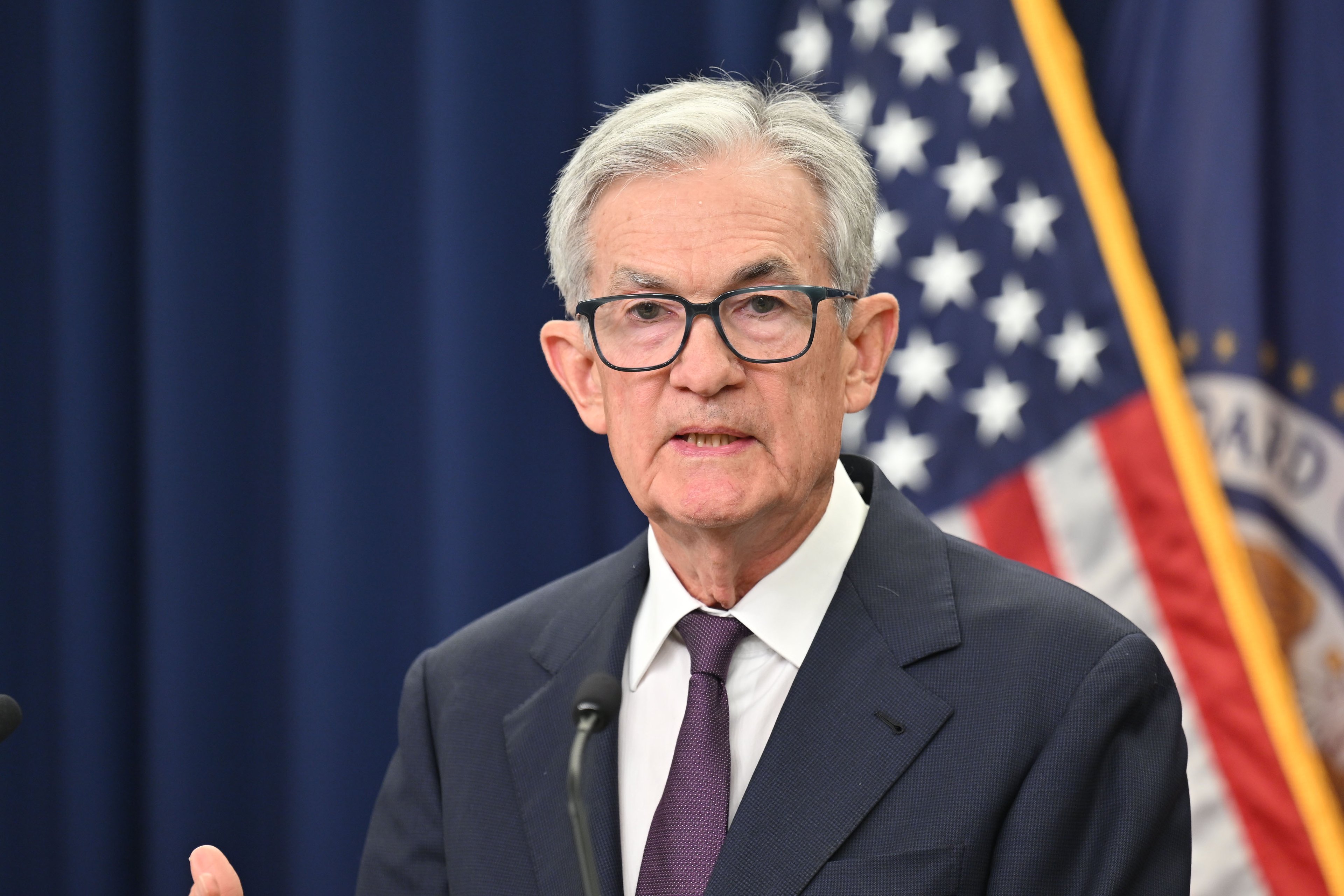Although we don't believe in timing the market or panicking over market movements, we do like to keep an eye on big changes -- just in case they're material to our investing thesis.
Chalk up yet another day of divergent data for the broad-based S&P 500 (^GSPC 1.07%). Although today's economic data would certainly have supported a rally, the potential for military conflict with Syria took precedence and stopped optimists dead in their tracks.
The day started off well with the Case Shiller 20-city Index, which measures home prices in 20 large U.S. cities, gaining 12.1% over this period last year. Higher home prices would signal that homebuilders are doing a good job of controlling inventory levels and that demand for housing remains strong. In addition, August's consumer confidence reading of 81.5 came in slightly higher than expected. Simply put, if consumers are more confident that the U.S. economy is headed in the right direction, they're more likely to spend and businesses are more likely to hire and expand.
Syria, however, proved to be the sticking point today for the markets. The potential for a conflict with Syria, how that might influence oil prices domestically, and how our status might be affected with some key trading partners sent shockwaves throughout the market. Uncertainty is the enemy of the stock market, and we certainly saw that today.
When the closing bell rang, the S&P 500 had plunged by 26.30 points (-1.59%) to close at 1,630.48, its lowest close since July 3.
As you might have expected, winners were few and far between. Taking the top honors with a gain of 2% was tire maker Goodyear Tire & Rubber (GT 0.23%), which advanced after ratifying a four-year master labor contract with the United Steel Workers union. The important aspect of this agreement is that it gives Goodyear the ability to freeze its defined-benefit pension plans and replace them with a defined benefit contribution plan when it has the proper funding to do so. In other words, it's a cost-saving measure in the U.S. that will allow it to be more price-competitive with its peers. That's good news if you're a Goodyear shareholder.
Wireless tower owner Crown Castle International (CCI 0.93%) also bucked today's trend, up 1.4% despite no company-specific news. This could have been some carryover from an article from CNBC on Friday that listed Crown Castle as one of "20 stocks that could pop" -- it took the No. 5 ranking. As for me, while I do see wireless towers as potential cash flow divas over the long run, Crown Castle isn't the name that rises to the top of my list. American Tower (AMT 0.44%) produces double to triple the cash flow of Crown Castle and recently converted to REIT status. This is important as it results in fewer taxes and the requirement that it pay out at least 90% of its earnings to shareholders as a dividend. In sum, American Tower brings in more cash and pays a 1.5% yield while Crown Castle brings in less cash flow and pays no dividend.
Finally, Ventas (VTR +0.76%), a REIT that specializes in buying and leasing medical properties (e.g., hospitals, senior facilities, medical office buildings), trudged 1.4% higher just a day after research firm Zacks reiterated its neutral rating on the company. On one hand, Zack's sees Ventas' cash flow as a reason to be bullish, but remains concerned about just a few tenants comprising such a big portion of Ventas' rental portfolio. The truth of the matter is that REITs usually aren't going to move very much when the market soars or tanks as they're most often looked upon as great sources of dividend income. With a yield of 4.3%, income seekers might be wise to give Ventas another look.






